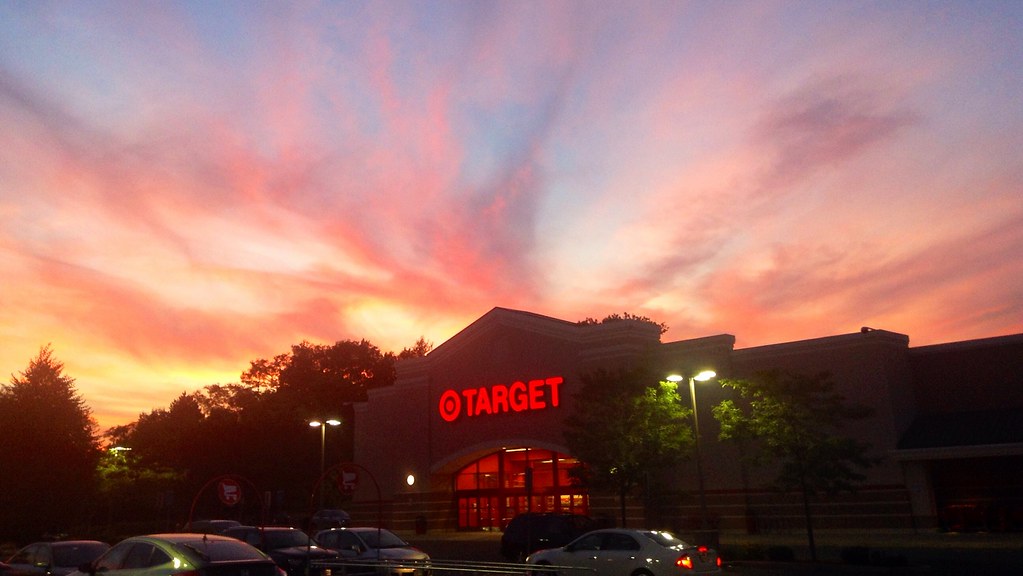(The Center Square) – Glendale, California, made national news on Aug. 8 when a “flash mob” of at least 30 people stormed into a Yves Saint Laurent store and pulled off a brazen “smash and grab” robbery in the middle of the day. Suspects wearing hoodies were caught on video entering and fleeing the store while carrying bags of stolen merchandise estimated at $300,000.
Nine days later, Los Angeles Mayor Karen Bass announced the creation of regional law enforcement task force to address organized retail crimes, including the flash mob in Glendale, which is about 10 miles north of Los Angeles. On Aug. 25, the eight-day old task force announced it had arrested four suspects in the Glendale flash mob robbery. That task force made 20 arrests between August 21 and Sept. 10.
Organized retail crime is making national news across the country.
Target announced Sept. 26 it was closing nine stores effective Oct. 21 across four states due to theft and organized retail crime. The cities were New York, Seattle, San Francisco/Oakland and Portland.
“In this case, we cannot continue operating these stores because theft and organized retail crime are threatening the safety of our team and guests, and contributing to unsustainable business performance,” Target said in a statement.
Other retailers, including Walmart, have told media outlets such as Fox News that theft is hurting their profits as they shutter stores. Walmart announced in April that it was closing four stores in Chicago but did not directly link that action to theft.
The National Retail Federation released a report Sept. 26 that said retailers reported “a dramatic jump in financial losses associated with theft” that accounted for $112.1 billion in losses in 2022.
“Retailers are seeing unprecedented levels of theft coupled with rampant crime in their stores, and the situation is only becoming more dire,” NRF Vice President for Asset Protection and Retail Operations David Johnston said in a statement. “Far beyond the financial impact of these crimes, the violence and concerns over safety continue to be the priority for all retailers, regardless of size or category.”
And this year, political and law enforcement leaders across the country have taken steps to deal with organized retail crime.
In Michigan, Attorney General Dana Nessel created an Organized Retail Crime Unit within the Michigan State Police in January. That unit would focus on criminal organizations that steal from retailers and then repackage the products to sell for profit.
On Sept. 15, 64-year-old Detroit man Kevin Tansil was arraigned on charges of organized retail theft as part of an investigation done by the Organized Retail Crime Unit. Tansil is accused of loading carts full of merchandise and walking out of Sam’s Club locations in four Michigan cities with merchandise. Tansil allegedly was part of a ring that stole merchandise valued at $80,000.
In April, the state of Washington Attorney General Bob Ferguson announced he was creating a 10-person Organized Retail Crime Unit to investigate multi-jurisdictional retail crime.
“These are not petty thefts,” Ferguson said in a statement. “These are multi-jurisdictional, organized crime rings that endanger the safety of employees and customers, damage our economy, and drive up costs for all Washingtonians.”
On Aug. 7, Florida Attorney General Ashley Moody announced former Florida pastor Robert Dell was charged with a multimillion-dollar theft ring where $1.4 million was stolen from The Home Depot stores in seven different counties and then sold on eBay. Moody launched the Florida Organized Retail Crime Exchange in December 2021. Authorities say Dell ran the operation for more than 10 years and stole more than $5 million in goods.
Originally published by The Center Square. Republished with permission.
For more from Budget & Tax News.
For more public policy from The Heartland Institute.
